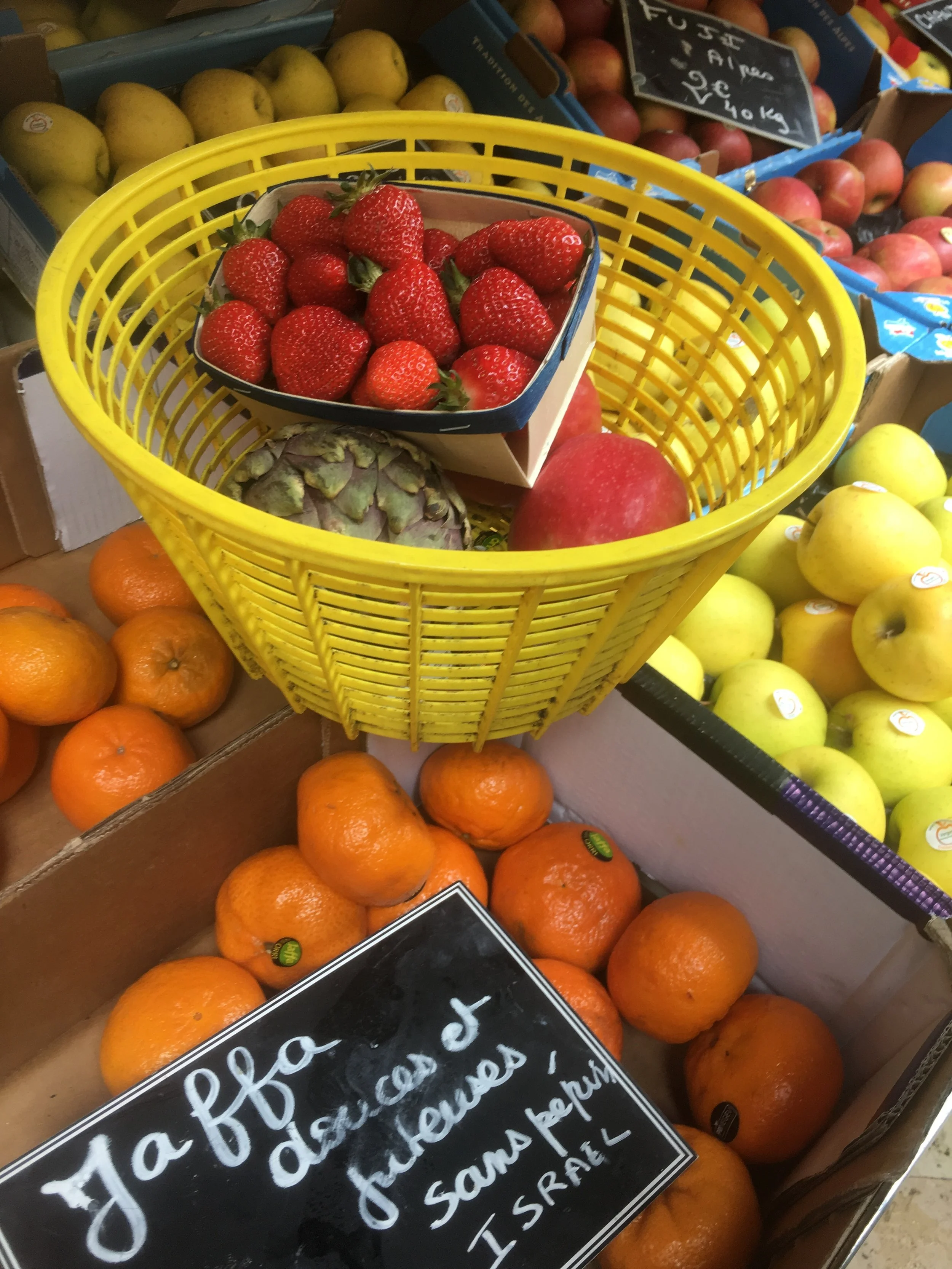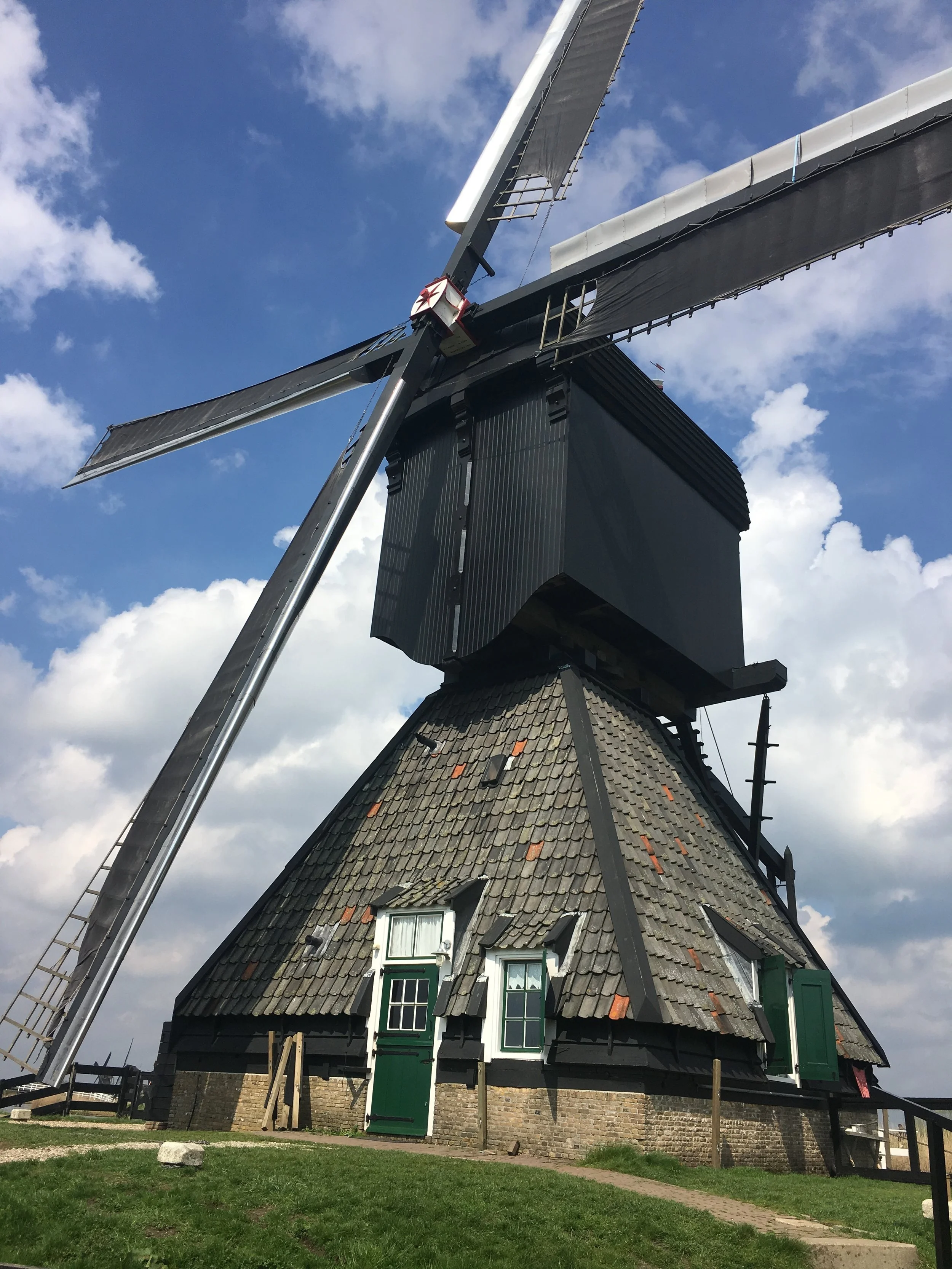The Colours of Provence
After seven hours on the road, we are tired, fidgety and more than a little buzzed on iced coffee (the sweetened variety that you buy from petrol stations and sip from a can). Our plans for the evening go no further than a home-cooked meal, a brisk walk through the paddocks and a healthy dose of escapism (hello Netflix). The travelling life is not always as glamorous as one is led to believe.
When we arrive at our accommodation, we are greeted by Sylvie, an ex-Parisian primary school teacher, who quickly makes us feel at home in the granny flat at the bottom of her garden. We’re enamoured with her generosity and feel more than a little bit spoilt by her gifts of homemade marmalade, red wine and fresh bread. She leaves us to settle in and we quietly high-five ourselves for picking such a perfect countryside retreat.
Our first stop in the south of France is in a little hamlet called Sainte-Catherine, which is situated right in the heart of the Auvergne-Rhône-Alpes region. We’re surrounded by rolling hills and volcanic plains to the west and ski slopes to the east; as far as solitude goes, it’s perfect. We’re still waiting for the sun to show its face but we tell ourselves that cooler weather is ideal for hiking – and that is what we intend to do.
At 1465 metres, Puy de Dome (quite literally ‘volcano hill dome’) is the tallest lava dome in the Chaîne des Puys, making it the perfect peak from which to view the 80 or so volcanoes dotting the horizon. Walking to the top is said to take around 45 minutes, but factoring in breathing time, ‘photo opportunities’ and the fact that I’m not a mountain goat, it probably takes us closer to an hour. The ascent may be steep and gravelly but the 360-degree views from the top are absolutely worth it. The lush green panorama of domes is a magical sight — like something straight out of Jurassic Park. The good news? It’s been at least 7000 years since these sleeping giants last erupted; now they are dozing happily, lying dormant beneath blankets of green.
When we’re not hoisting ourselves up slopes or picnicking on cheese sandwiches, we’re quite happy busying ourselves with outings to the local fromageries. The Saint-Nectaire region is famous for its cheese and we waste no time getting to know the goods on offer. Like champagne, gorgonzola and prosciutto, the Saint-Nectaire cheese is origin protected, which means that it can only be called Saint-Nectaire cheese if it comes from one of the 72 villages surrounding Puy de Dome. We’ve come directly from Gouda and Edam in the Netherlands so we’ve almost reached the point of ‘cheese fatigue’ but we soldier on; I guess we’ve worked up an appetite with all that hiking.
Our last day in Auvergne happens to be particularly foggy and drizzly – perfect for snuggling up in the nearest homestead, with a glass or two of wine, while the waitress brings us a few local delicacies to try. Of course, there is cheese. We are also treated to tarte tartin (of the apple variety), house-smoked duck, roasted guinea fowl and local mushrooms. It’s all incredible decadent and delicious and we leave feeling satisfied and snoozy (it might have been the half carafe of wine).
The drive from Auvergne to Provence is about 5 hours, which suits us just fine, as rain is forecast, and the cosy confines of the car are the perfect place to be. We reach Aix-en-Provence in the early afternoon and manage to get a very short walk in before the heavens open up on us, in the most spectacular way. Our feet are saturated, but we can't help but laugh. Thankfully, we're not the only dim-witted tourists legging it around town in t-shirts.
Wandering through the cobbled lanes of Aix-en-Provence, you can't help but feel that life here exists much as it always has done. Every morning, without fail, the women lug their shoppers down to the fruit and vegetable stalls, greeting each other with two kisses, and a bright 'Bonjour!', as they examine the produce at hand. The men sit on the outskirts, observing the goings-on, as they delicately submerge torn-off pieces of croissant into their cafe au lait. Nobody seems in a rush to be anywhere – it's hard to tell who is on holiday and who is simply just taking the time to enjoy the 'good life'.
Provence may be home to the finest scenery, wines and local produce in France, but it's also a well-known landscape painter's paradise. There’s no denying the area is beautiful: from the craggy mountains, studded with wild rosemary and thyme, to the ochre-red soil, to the silver-green olive groves, the region is a painting come to life. Pair these beautiful surroundings with a temperate climate – one can paint outdoors (almost) all year round – and clarity of light*, which is said to heighten the natural colours of the already rich (and mostly cloudless) cobalt sky and you've got some pretty inspiring conditions.
It's not every day, you get to walk in the footsteps of the likes of Cézanne, Van Gogh and Picasso, visiting the scenes that inspired Sunflowers, Irises, Mont Sainte-Victoire and Nude Under a Pine Tree. It is said that Paul Cézanne, who was born and raised in Aix-en-Provence, painted Sainte-Victoire more than 80 times, working tirelessly to capture the mountain in all its glory. Van Gogh, who was hospitalised in Saint-Rémy-de-Provence for mental illness, painted over 100 scenes of the region, in just one year (I can't even begin to comprehend the speed at which he worked). Even Picasso, who called Cézanne the 'father of them all', loved the region so much that he chose to be buried near the foot of Sainte-Victoire. It's no exaggeration that these men put Provence on the world map, with their renditions.
Capturing the essence of Provençal life has not been the sole preserve of painters and sculptors, however. Many writers, filmmakers and actors have also called Provence and the Riviera home. American author F. Scott Fitzgerald is famous for whiling away the summer in Juan-les-Pins, pinching pennies and trying (desperately) to come up with a new bestseller (Tender is the Night took him 7 years to finish, much to his wife's chagrin). If you want a taste of what Riviera life might have been like in the 1920s, this is the read for you.
Unless you happen to be a billionaire, with a yacht requiring a deepwater port, or a paparazzo stalking Beyonce and Jay-Z as they cruise around the Mediterranean on Yalla (a $50m yacht, owned by a Nigerian energy magnate), you might never find an excuse to sit in a wine bar in Saint-Tropez, looking out over the harbour, sipping over-priced rosé and watching the world go by. And that would be unfortunate, because the once-sleepy fishing village of Saint-Tropez is so much more than glitzy mega mansions and mega yachts. Sure, it's the perfect place to get yourself a Saint-Tropez tan (the kind without the tan lines), but it's also the perfect place to sit with your love, drinking chilled wine, while you peer out over the pastel-coloured houses to the Mediterranean beyond.
*Fun fact: I couldn't help but wonder what made the light so much 'clearer' down in Provence. Was it the lack of pollution that brought out the bright cerulean blue of the sky? After a bit of googling, I discover that it is thought to be the Mistral wind that clears the dust from the atmosphere.
Bisous xx



